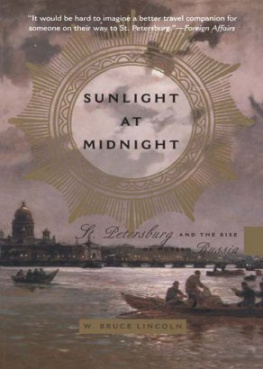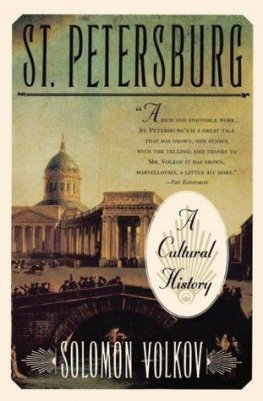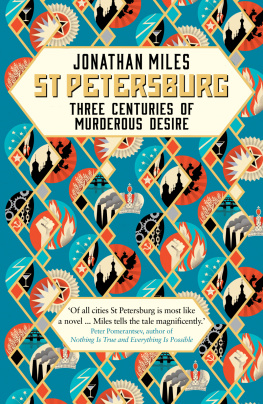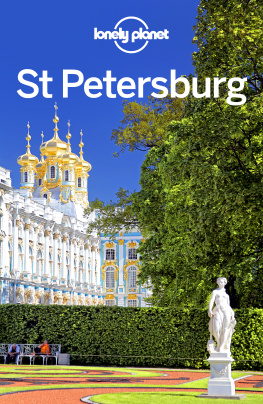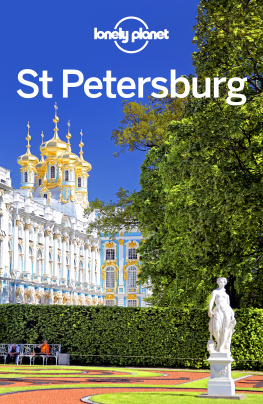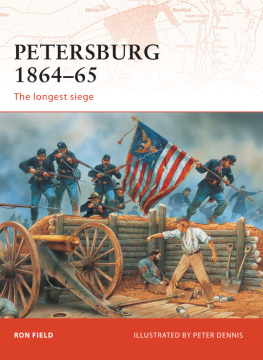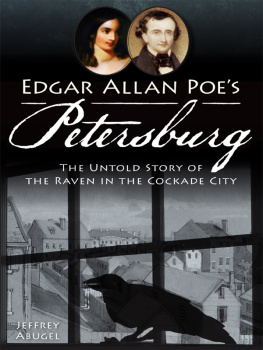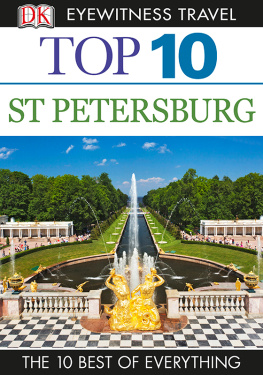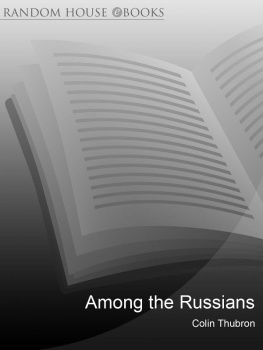SUNLIGHT AT MIDNIGHT
Also by W. Bruce Lincoln
Between Heaven and Hell: The Story of a Thousand Years of Artistic Life in Russia The Conquest of a Continent: Siberia and the Russians
The Great Reforms: Autocracy, Bureaucracy, and the Politics of Change in Imperial Russia Red Victory: A History of the Russian Civil War
Passage Through Armageddon: The Russians in War and Revolution, 19141918
In Wars Dark Shadow: The Russians Before the Great War
In the Vanguard of Reform: Russias Enlightened Bureaucrats, 18251861
The Romanovs: Autocrats of All the Russias
Petr Petrovich Semenov-Tian-Shanskii: The Life of a Russian Geographer Nicholas I, Emperor and Autocrat of All the Russias
Nikolai Miliutin, an Enlightened Russian Bureaucrat
SUNLIGHT
at
MIDNIGHT
St. Petersburg
and the Rise of
Modern Russia
W. Bruce Lincoln
Copyright 2000 by W. Bruce Lincoln
Published in 2002 by Basic Books
A Member of the Perseus Books Group
All rights reserved. Printed in the United States of America. No part of this book may be reproduced in any manner whatsoever without written permission except in the case of brief quotations embodied in critical articles and reviews. For information, address Basic Books, 387 Park Avenue South , New York, NY 100168810.
Designed by Elizabeth Lahey
Text set in Adobe Caslon 11 on 14
A Cataloging-in-Publication record for this book is available from the Library of Congress.
ISBN-10 0-465-08324-2; ISBN-13 978-0-465-08324-4
eBook ISBN: 9780786730896
FIRST EDITION
ACKNOWLEDGMENTS
S T. P ETERSBURG WAS B RUCE L INCOLNS first port of entry into Russia in 1964, and he returned to it often, sometimes for extended periods. In the citys rich historical archives, libraries, and museums he discovered much that sustained him as a scholar and a writer, but it was St. Petersburg itself that stirred his imagination. Somehow, the old imperial city with its shadows and light seemed to reflect his own conflicting attitudes about Russia and its past. Perhaps it is fitting, then, that he turned to it in this his twelfth and final book.
Many friends, colleagues, and institutions helped to make this book possible, and Bruce would have wanted to acknowledge everyone to whom he felt indebted. But time did not permit him to see his finished manuscript through production, so it comes to me to express my appreciation to the people who contributed to the creation of this book, especially those who assisted in the process of publication. In particular, Christine Worobec and Sam Ramer have generously given encouragement and advice on matters beyond my expertise. Marc Raeff, whose insights on Russian history never ceased to stimulate Bruces thinking, has warmly extended his friendship. Lee Congdon, Jack Kollmann, Jerrold Zar, James Norris, Curt Richardson, and Fred Kitterle have all come forward to help in various ways.
Without the efforts of Mary Himmelberger, Sunlight at Midnight would not be so richly illustrated with historical images.While in St. Petersburg, Mary collected most of the photographs and engravings for this book and put together the captions. Special thanks are due also to the staff of the Slavic Reference Service at the University of Illinois Library, especially to Helen Sullivan and Jan Adamczyk, who, in researching queries large and small, have generously given their time and resources.
No book is published without the help of many people. Don Fehr, executive editor at Basic Books, contributed to the development of Sunlight at Midnight at all stages, and I am grateful for his editorial guidance and for the good work of his staff. To the man who discovered Bruce more than twenty years ago and played a vital role in his career Robert Gottlieb, his literary agentI owe lasting appreciation. Although I am unable to name everyone to whom a debt is owed, I wish to thank all who have graciously contributed to the making of this book.
Mary Lincoln
November 2000
PROLOGUE
C LIMATE, COMFORT, AND CONVENIENCE were not what Russias Tsar Peter the Great had in mind when he decided to build a new capital in the muddy marshes of the Neva River delta. The site he chose stood in a remote northwest corner of his realm and was still claimed by the Swedes, with whom Russia was in the midst of a long and bruising war. Barely five hundred miles below the Arctic Circle and easily submerged by the tides that flowed upriver from the Gulf of Finland, the region saw snow as early as September and as late as May. Its foul weather, bad water, and low-lying, sodden soil made it triply unattractive. Yet in the imagination of the larger-than-life Tsar of All the Russias, the place he named Sankt Pieter Burkh in the spring of 1703 had the makings of a paradise. His successors would call it St. Petersburg, Petrograd, and Leningrad. But to the generations of men and women who watched picturesque canals and stately palaces rise from its fever-ridden swamps, Peters city would be forever known as Piter, the Dutch version of the name of the sovereign whose will had brought it into being.
Fascinated by the manner in which the Dutch had drawn wealth and power from the sea, Peter wanted Russia to become a seafaring nation like Holland. St. Petersburgs greatest attraction therefore lay in its nearness to the sea lanes of Europe, from which the Russians could acquire the means to escape from the backwardness that made them so vulnerable to their enemies. Peter knew that it would take decades to borrow from the West all the new weapons, technology, and ways of looking at the world that his nation needed, for Russia had not yet embraced the modern ways of thinking that had made Europeans of the sixteenth and seventeenth centuries so daring and adventurous. Thanks to the instruments of modern naval science, ship captains from the West had discovered new continents and circumnavigated the globe, while Russia at the time of Peters birth in 1672 was not very different from what it had been when Ivan the Terrible had mounted its throne almost 150 years earlier. Russians continued to be superstitious, afraid of change, and wedded to traditions that bound them closely to the past. Only in the lands east of the Urals, where a handful of adventurers had begun to reach toward the Pacific at the end of the sixteenth century, had there been any concerted effort to break those bonds. But the numbers who had shared in the conquest of Siberia were minuscule at best. Although the Russians reached the Pacific before 1650, the men and women who had dared to challenge the Siberian wilderness still numbered far fewer than five thousand half a century later.
Progressthe force that modernized the lives of Europeans in the sixteenth and seventeenth centurieswas not a concept that most Russians living at the time of Peters birth understood. Scientific inquiry and rational thoughtthe new ways of thinking about the present and future that had transformed Europestill remained foreign to all but a handful of Peters subjects, and most of them continued to place greater value on thoughts about the hereafter than on concerns for the here-and-now. People whose everyday language could express neither the idea of progress nor a sense of efficiency still confused miracles with the achievements of modern technology. Most Russians still thought that the earth stood at the center of the universe, and that the hand of God shaped their daily lives. To their way of thinking, famines, plagues, floods, and any sort of personal misfortune all stemmed from forces that lay beyond the realm of human comprehension. That the power of science could harness the forces of nature in the service of human masters was not yet something in which they could bring themselves to believe.

